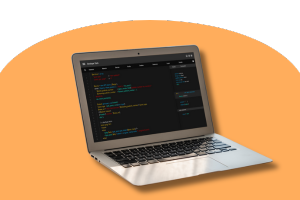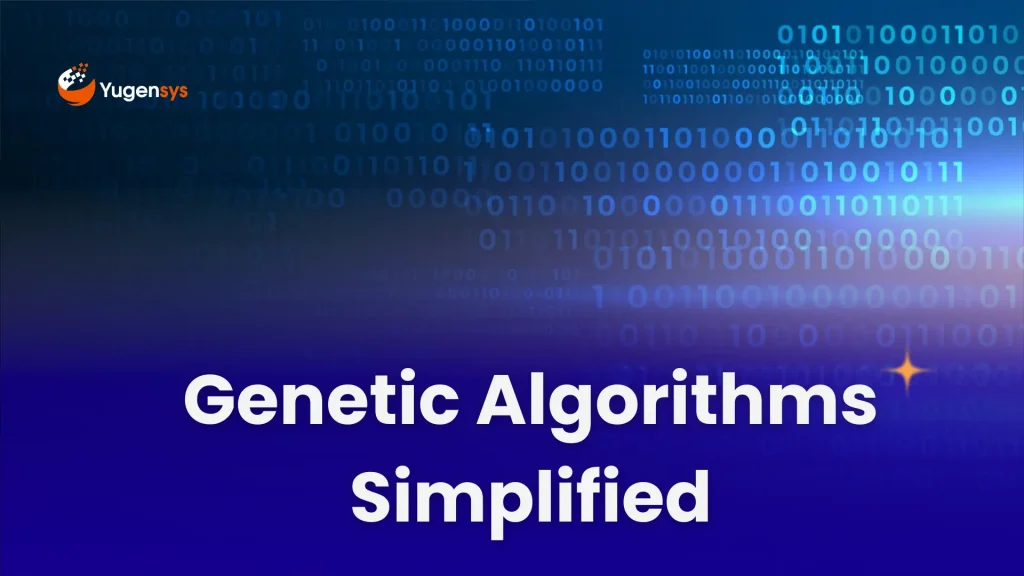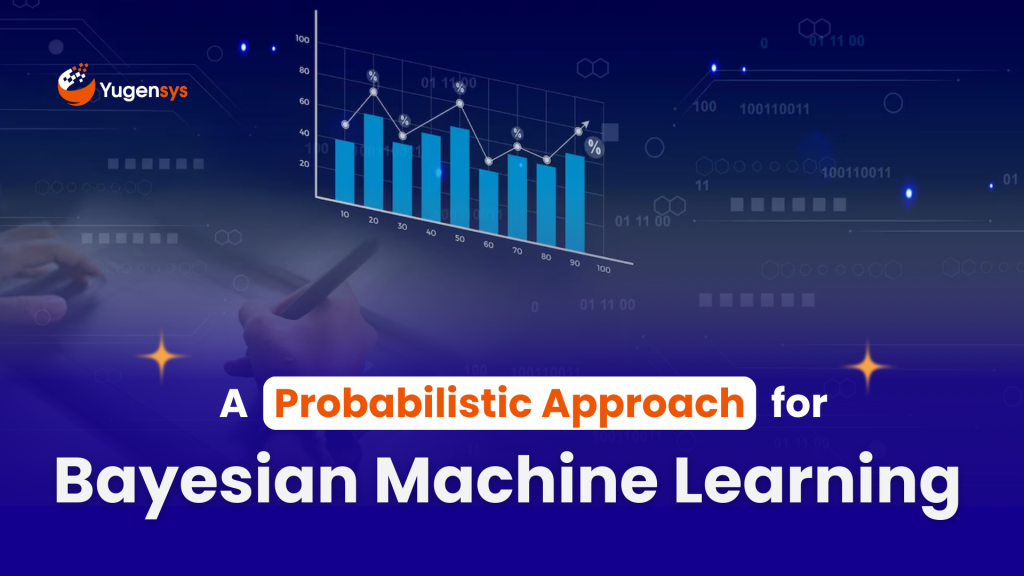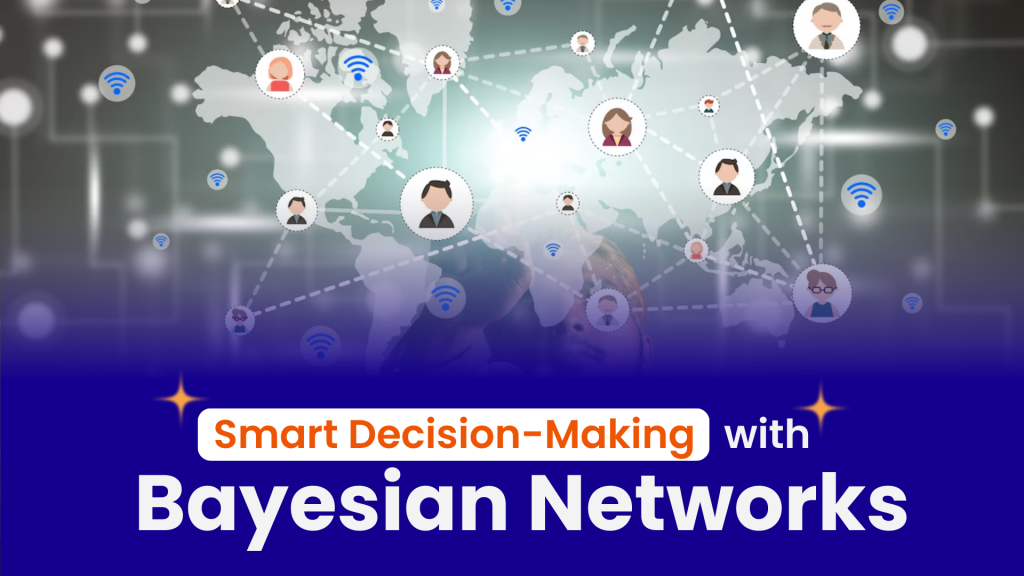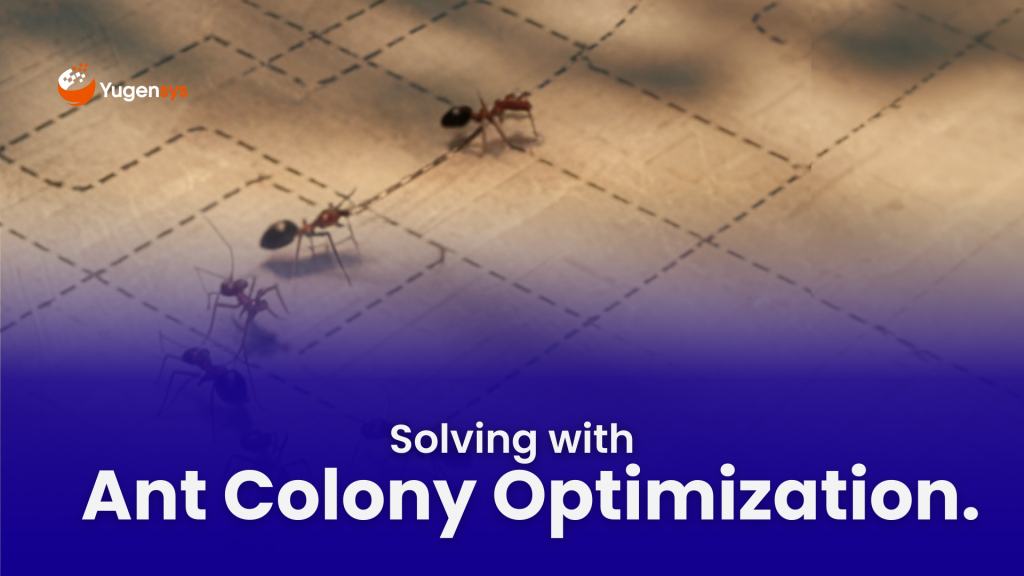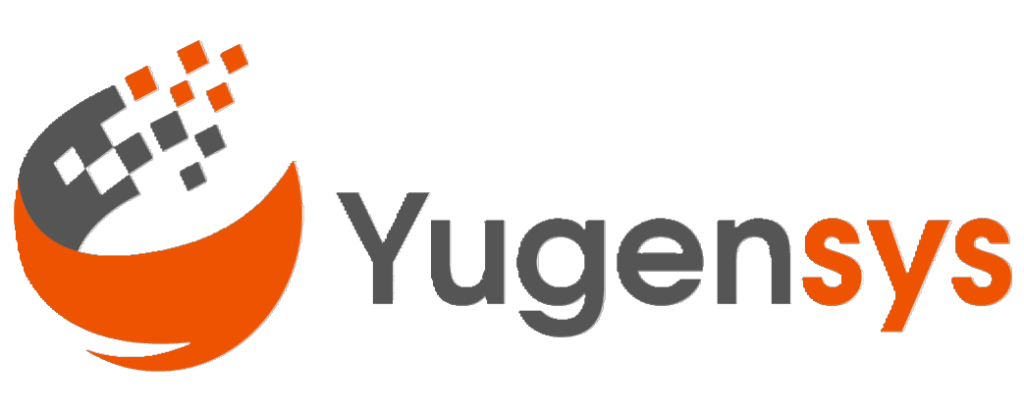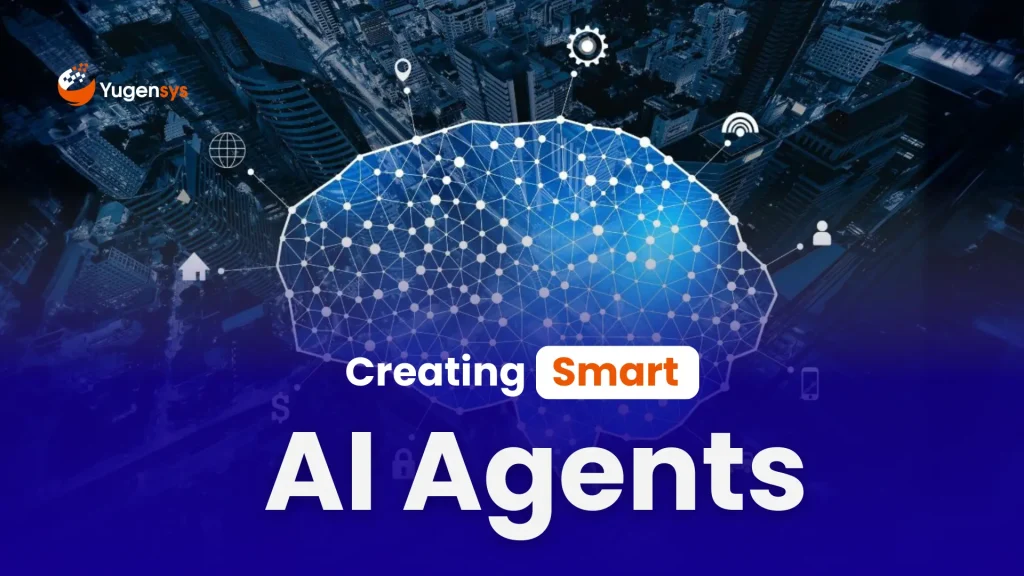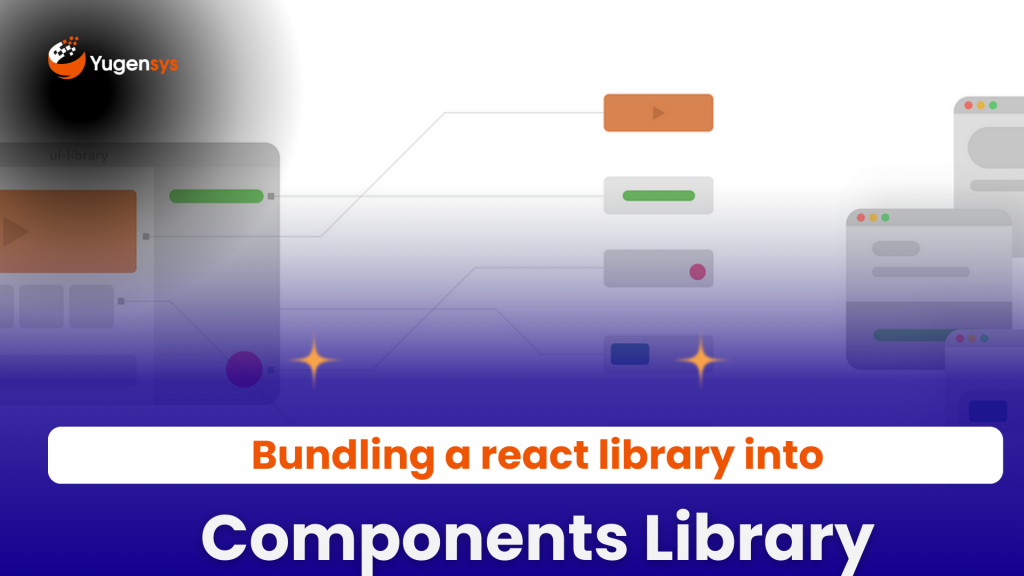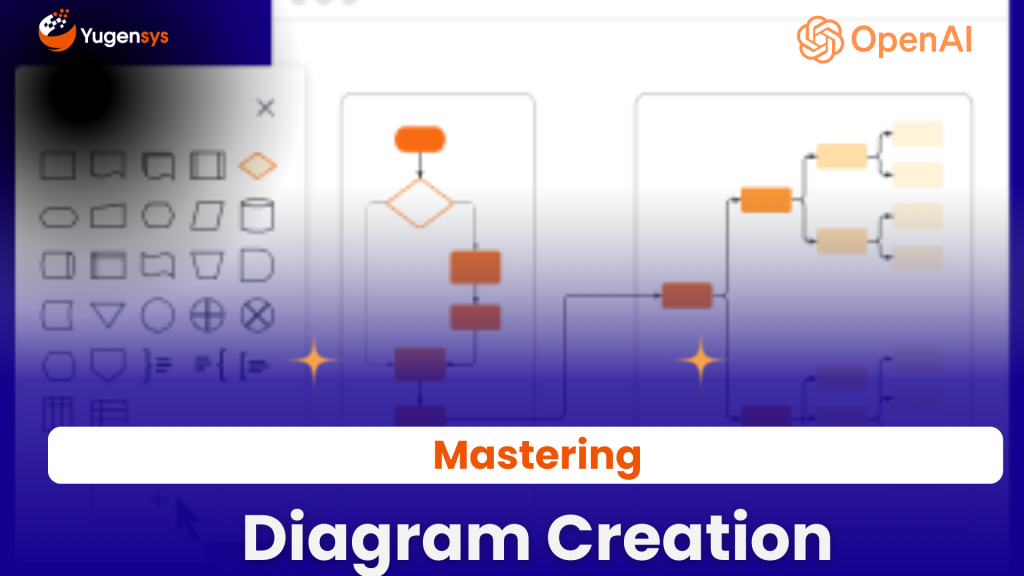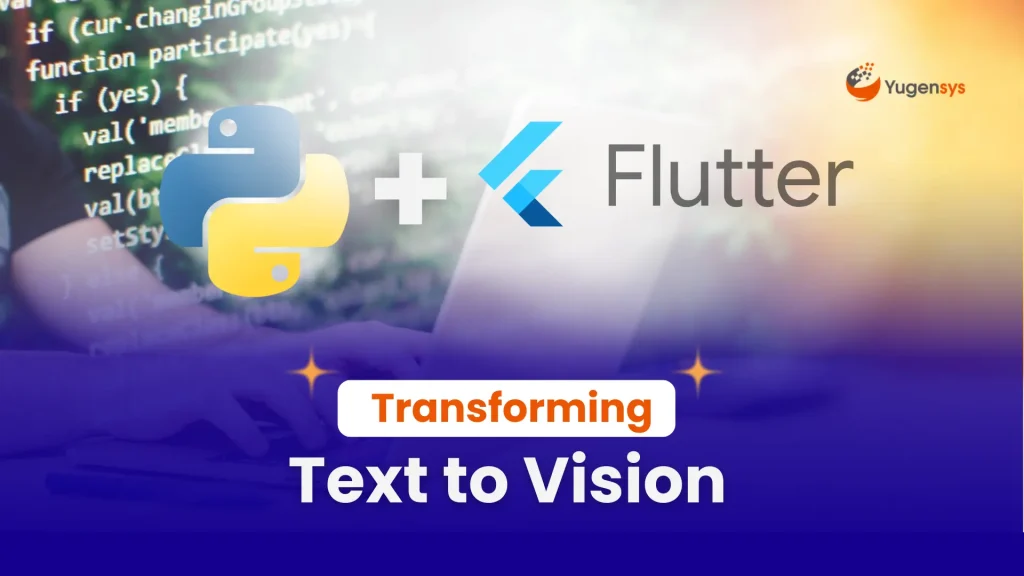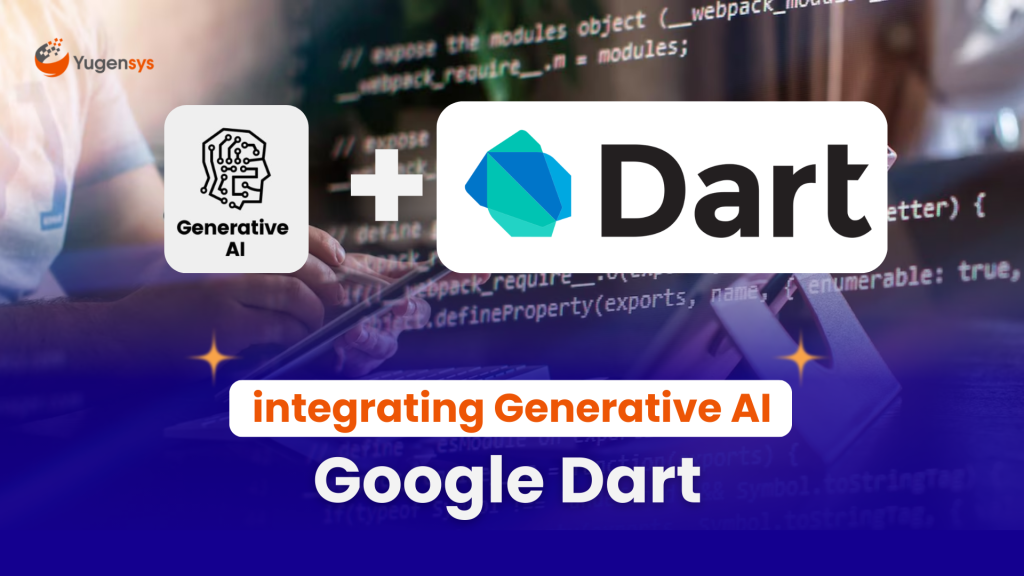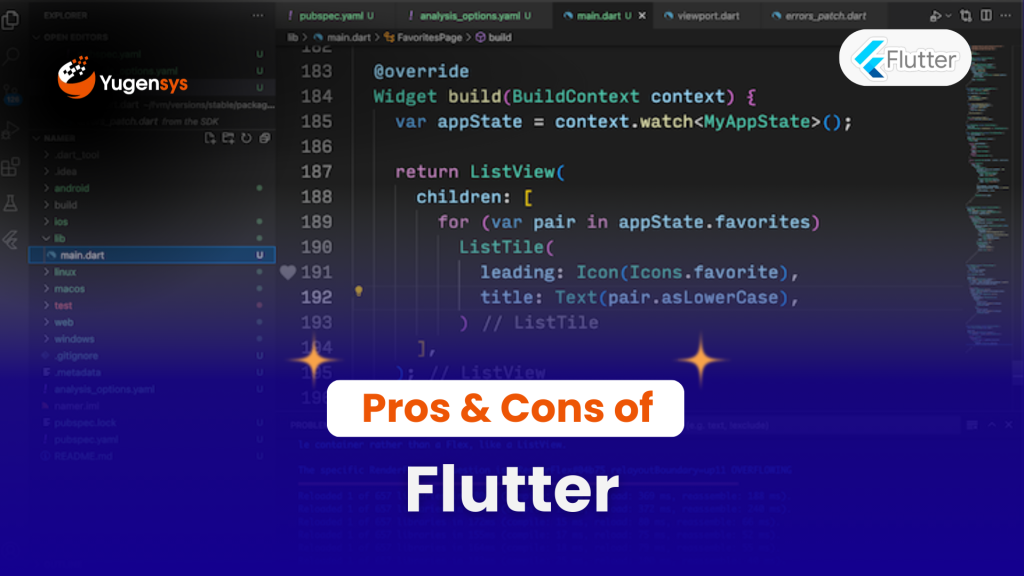Getting Started with ML.NET for Predictions
Table of Contents
Predictive modeling has revolutionized decision-making by providing data-driven insights. ML.NET, an open-source machine learning framework by Microsoft, allows .NET developers to build predictive models without needing extensive knowledge of machine learning. This guide will walk you through the basics of ML.NET and demonstrate how to create a simple predictive model.
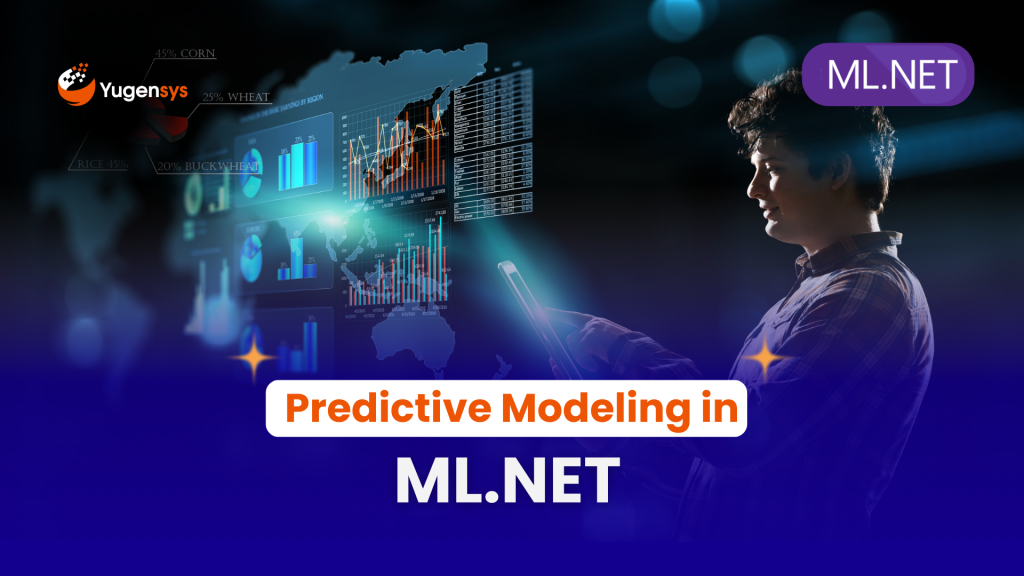
Introduction
Recently, I had the pleasure of delving into the exciting realm of ML .NET, Microsoft’s open-source machine learning framework tailored for .NET developers. It was an exhilarating experience that opened my eyes to the vast possibilities of integrating machine learning into our applications seamlessly. In this blog post, I’ll share my journey and insights gained from building a simple predictive model using ML .NET.
The Journey Begins
At the heart of my exploration was the task of estimating salaries based on years of experience a classic problem in the domain of predictive analytics. With ML .NET, the journey from concept to implementation was nothing short of remarkable.
Seamless Integration
One of the most striking features of ML .NET is its seamless integration with the familiar C# environment. As a .NET developer, I found it incredibly convenient to work with machine learning models using the tools and languages I was already proficient in.
From loading and preprocessing data to training and evaluating models, ML .NET provided a comprehensive set of tools and APIs that made the entire process smooth and intuitive. The documentation was thorough and accessible, making it easy to navigate through the various stages of model development.
The Moment of Truth
After constructing the predictive model and fine-tuning its parameters, it was time for the moment of truth—the model evaluation. I was thrilled to find that the model provided accurate predictions on the test set, validating the efficacy of the approach – Time Series.
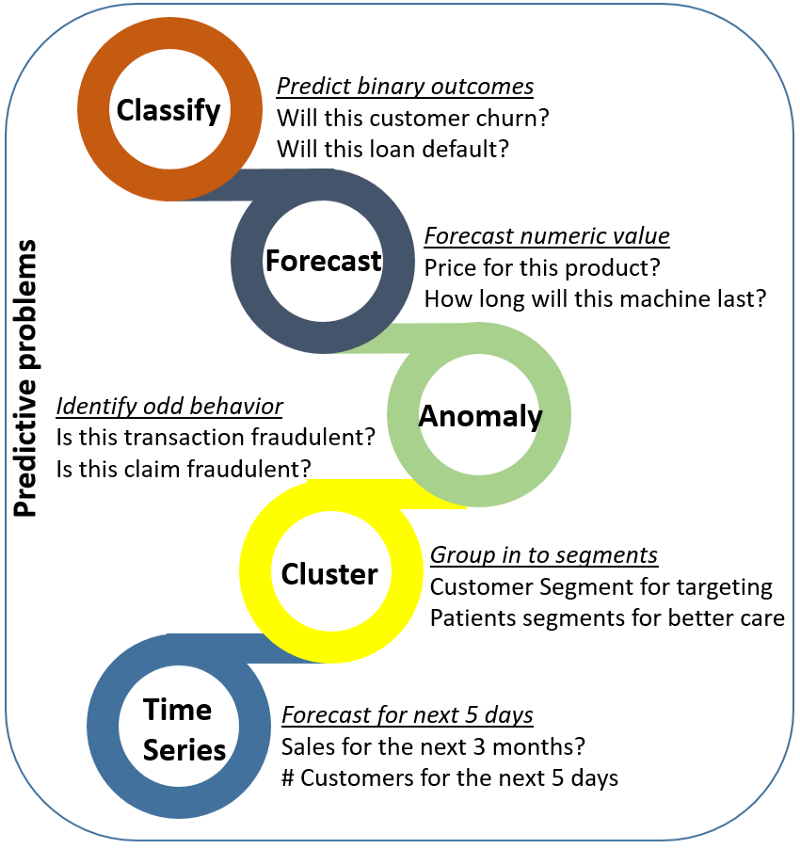
Embracing the Future
As I reflect on this journey, one thing is abundantly clear—ML .NET is a game-changer for developers seeking to harness the power of AI and machine learning. Whether you’re a seasoned developer looking to expand your skill set or a newcomer intrigued by the possibilities of ML, ML .NET provides a gateway to a world of innovation and discovery.
The predictive model developed using ML .NET falls under the category of time series analysis, a crucial aspect of predictive analytics. Time series analysis involves analyzing sequential data to identify patterns and trends over time, making it invaluable for forecasting future outcomes based on historical data.
The algorithm utilized in ML .NET, Stochastic Dual Coordinate Ascent (SDCA), plays a vital role in training the predictive model. SDCA is known for its efficiency and scalability, making it well-suited for time series forecasting tasks, such as predicting salaries based on years of experience in this scenario. By leveraging ML .NET and SDCA, developers can build accurate predictive models that drive data-driven decision-making and enable businesses to optimize their strategies effectively.
using System;
public class SalaryData
{
[LoadColumn( 0 )] public float YearsExperience;
[LoadColumn( 1 )] public float Salary;
}
public class SalaryPrediction
{
[ColumnName( "Score" )]
public float PredictedSalary;
}
class Program
{
static void Main()
{
var mlContext = new MLContext();
var data = mlContext.Data.LoadFromTextFile<SalaryData>( "path/to/data.csv", separatorChar: ', ' );
var trainTestSplit = mlContext.Data.TrainTestSplit( data );
var pipeline = mlContext.Transforms.CopyColumns( "Label", "Salary" )
.Append( mlContext.Transforms.Concatenate( "Features", "YearsExperience" ) )
.Append( mlContext.Regression.Trainers.Sdca( labelColumnName: "Label" ) )
.Append( mlContext.Transforms.CopyColumns( "Predicted Salary", "Score" ) );
var model = pipeline.Fit( trainTestSplit.TrainSet );
var predictions = model.Transform( trainTestSplit.TestSet );
var metrics = mlContext.Regression.Evaluate( predictions, labelColumnName: "Label", scoreColumnName: "Score" );
Console.WriteLine( $"R^2: {metrics.RSquared}" );
Console.WriteLine( $"Root Mean Squared Error: {metrics.RootMeanSquaredError}" );
}
}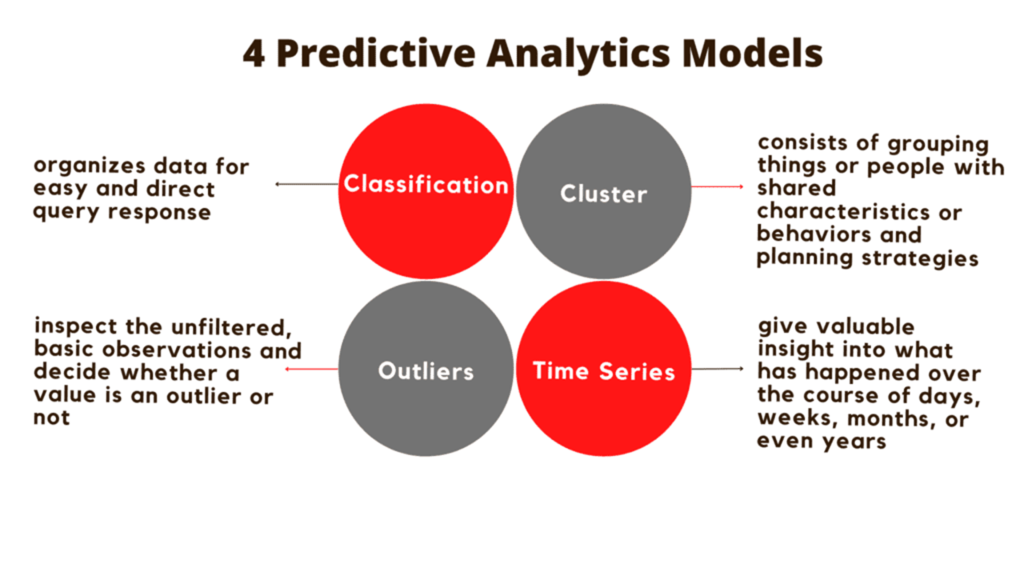
Conclusion
In conclusion, my foray into ML .NET has been nothing short of transformative. The ability to leverage the power of machine learning within the .NET ecosystem opens up a myriad of opportunities for building more intelligent and data-driven applications.
Have you explored ML .NET yet? I encourage you to share your experiences and insights in the comments below. Let’s embark on this journey together and unlock the full potential of machine learning with ML .NET!
As Tech Co-Founder at Yugensys, I’m passionate about fostering innovation and propelling technological progress. By harnessing the power of cutting-edge solutions, I lead our team in delivering transformative IT services and Outsourced Product Development. My expertise lies in leveraging technology to empower businesses and ensure their success within the dynamic digital landscape.
Looking to augment your software engineering team with a team dedicated to impactful solutions and continuous advancement, feel free to connect with me. Yugensys can be your trusted partner in navigating the ever-evolving technological landscape.
Subscrible For Weekly Industry Updates and Yugensys Expert written Blogs



